Situated alongside the guildhall, this Wetherspoon pub retains the name of the inn recorded on this site since the 17th century.
A print and text about High Wycombe market.
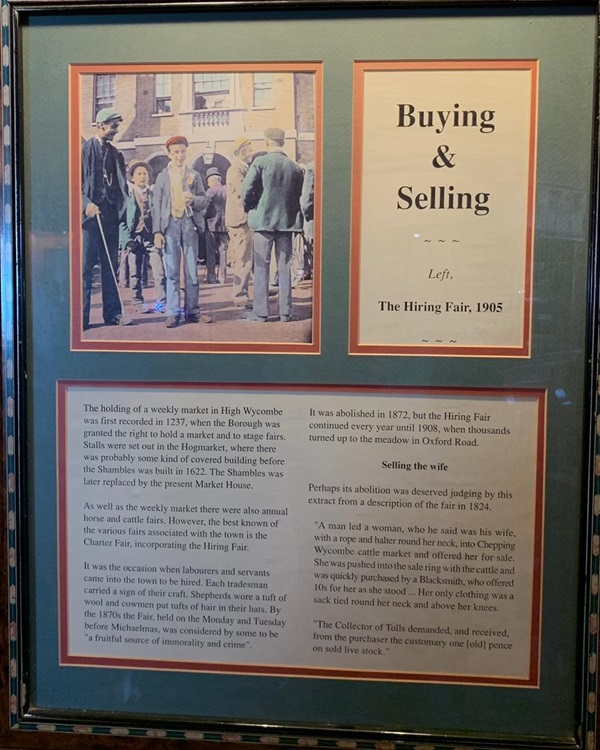
The text reads: The holding of a weekly market in High Wycombe was first recorded in 1237, when the borough was granted the right to hold a market and to stage fairs. Stalls were set out in the Hogmarket, where there was probably some kind of covered building before the Shambles was built in 1622. The Shambles was later replaced by the present Market House.
As well as the weekly market there were also annual horse and cattle fairs. However, the best known of the various fairs associated with the town is the Charter Fair, incorporating the Hiring Fair.
It was the occasion when labourers and servants came into the town to be hired. Each tradesman carried a sigh of their craft. Shepherds wore a tuft of wool and cowmen put tufts of hair in their hats. By the 1870s the fair, held on the Monday and Tuesday before Michaelmas, was considered by some to be “a fruitful source of immorality and crime”.
It was abolished in 1872, but the Hiring Fair continued every year until 1908, when thousands turned up to the meadow in Oxford Road.
Perhaps its abolition was deserved judging by this extract from a description of the fair in 1824.
“A man led a woman, who said was his wife, with a rope and halter round her neck, into Chepping Wycombe cattle market and offered her for sale. She was pushed into the sale ring with the cattle and was quickly purchased by a Blacksmith, who offered 10s for her as she stood…Her only clothing was a sack tied round her neck and above her knees.
“The collector of tolls demanded, and received, from the purchaser the customary one [old] pence on sold live stock.”
A print and text about Wycombe Abbey.
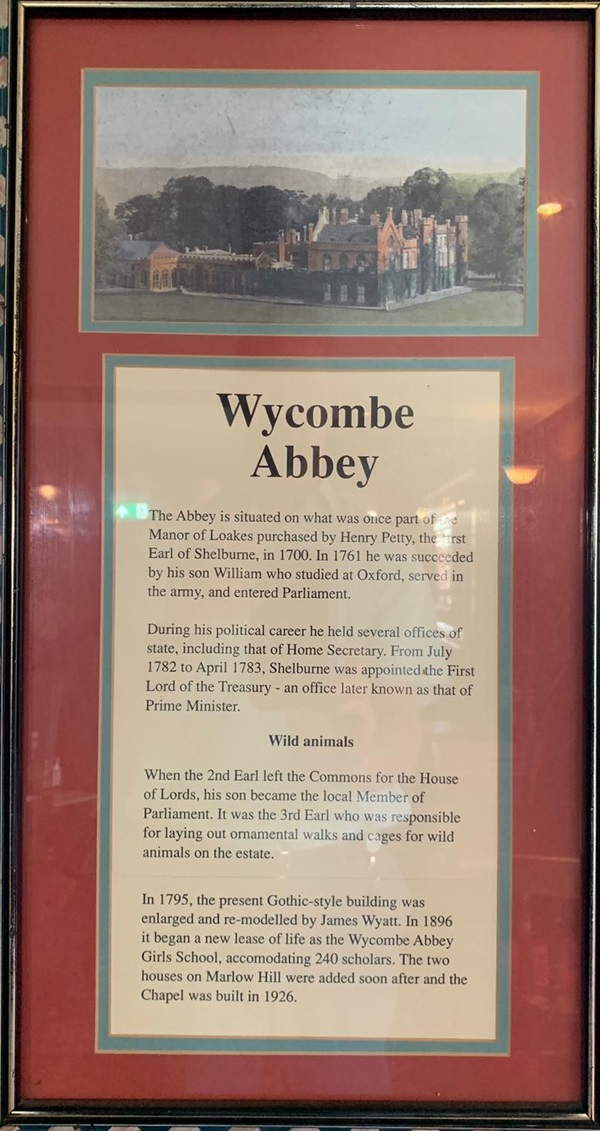
The text reads: The Abbey is situated on what was once part of Manor of Loakes purchased by Henry Petty, the first Earl of Shelburne, in 1700. In 1761 he was succeeded by his son William who studied at Oxford, served in the army, and entered Parliament.
During his political career he held several offices of state, including that of home secretary. From July 1782 to April 1783, Shelburne was appointed the First lord of the treasury – an office later known as that of prime minister.
When the 2nd earl left the commons for the House of Lords, his son became the local MP. It was the 3rd earl who was responsible for laying out ornamental walks and cages for wild animals on the estate.
In 1795, the present Gothic-style building was enlarged and re-modelled by James Wyatt. In 1896 it began a new lease of life as the Wycombe Abbey Girls School, accommodating 240 scholars. The two houses on Marlow Hill were added soon after the Chapel was built in 1926.
Photographs of High Wycombe Station 1910.
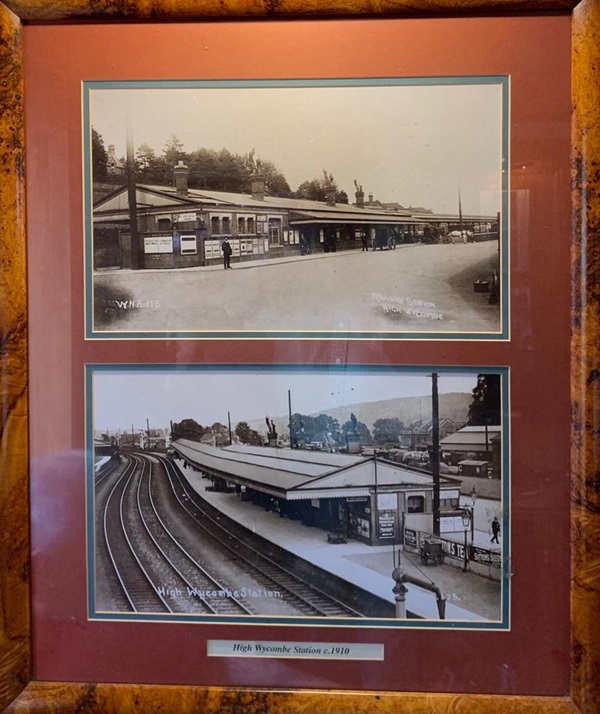
A photograph of High Street, High Wycombe 1905.
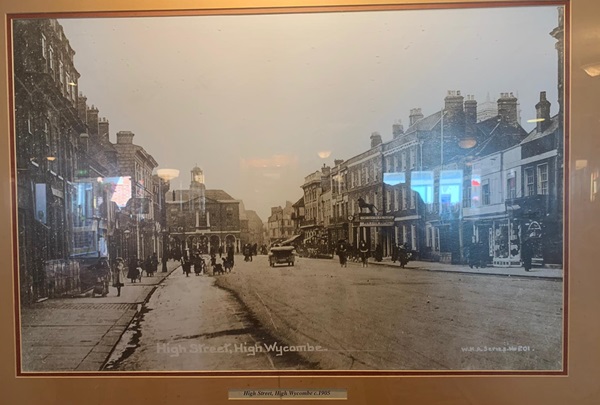
Old photographs of High Wycombe.
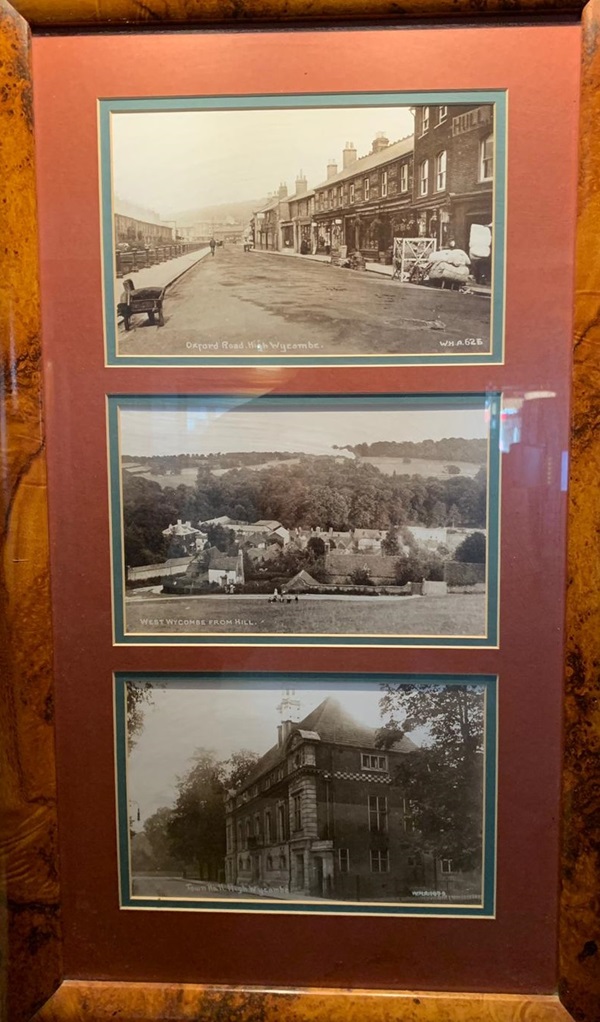
External photograph of the building – main entrance.
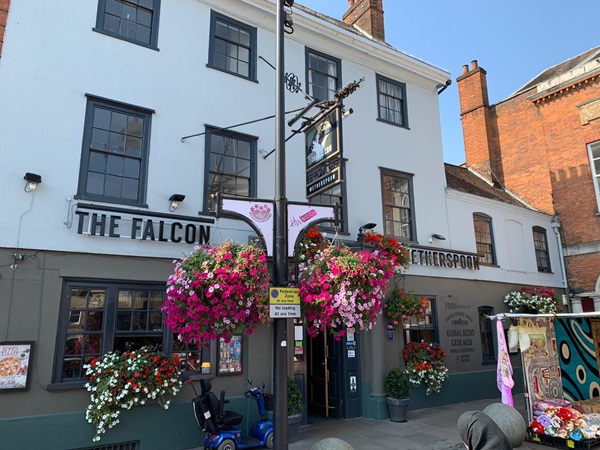
If you have information on the history of this pub, then we’d like you to share it with us. Please e-mail all information to: pubhistories@jdwetherspoon.co.uk